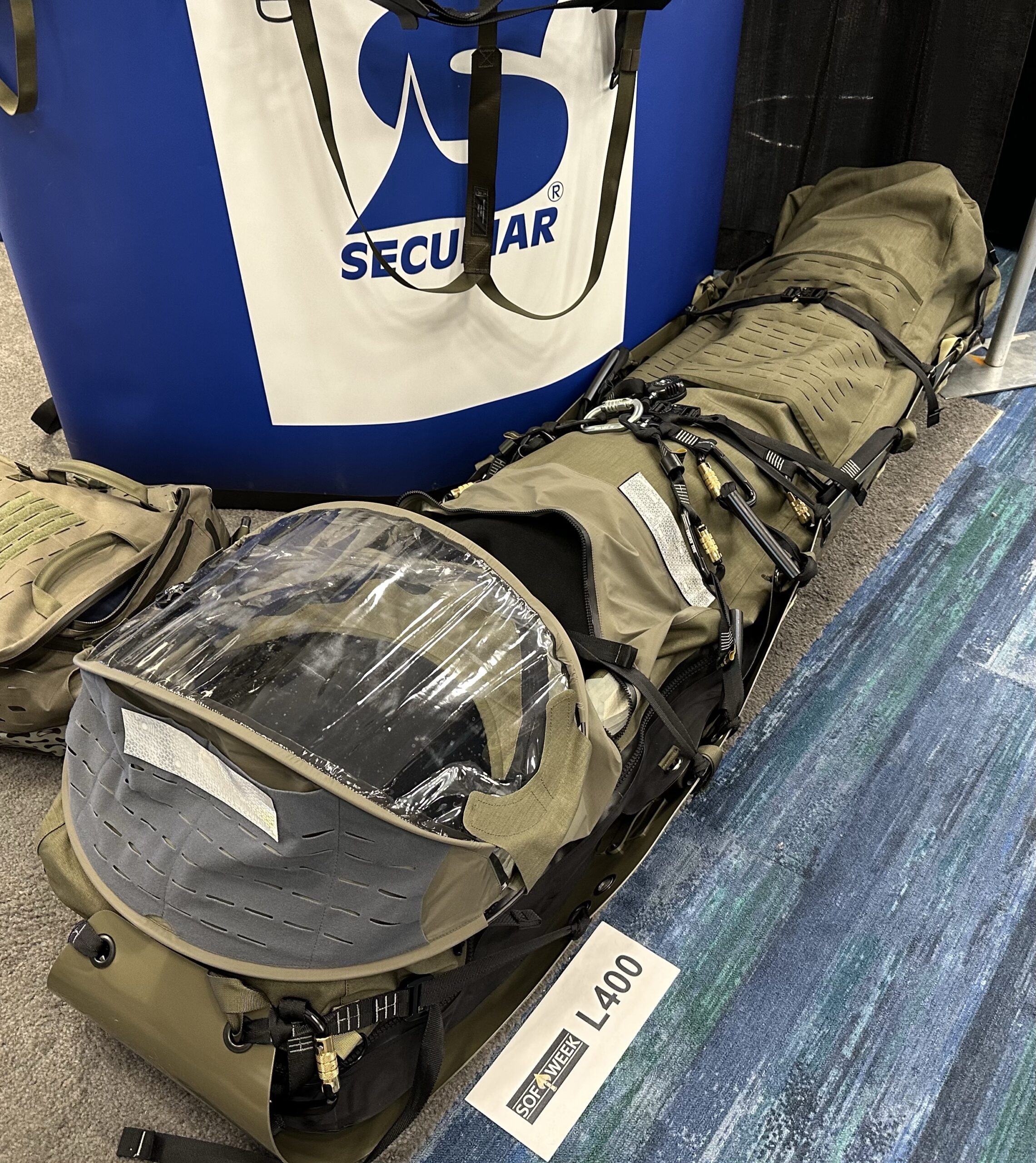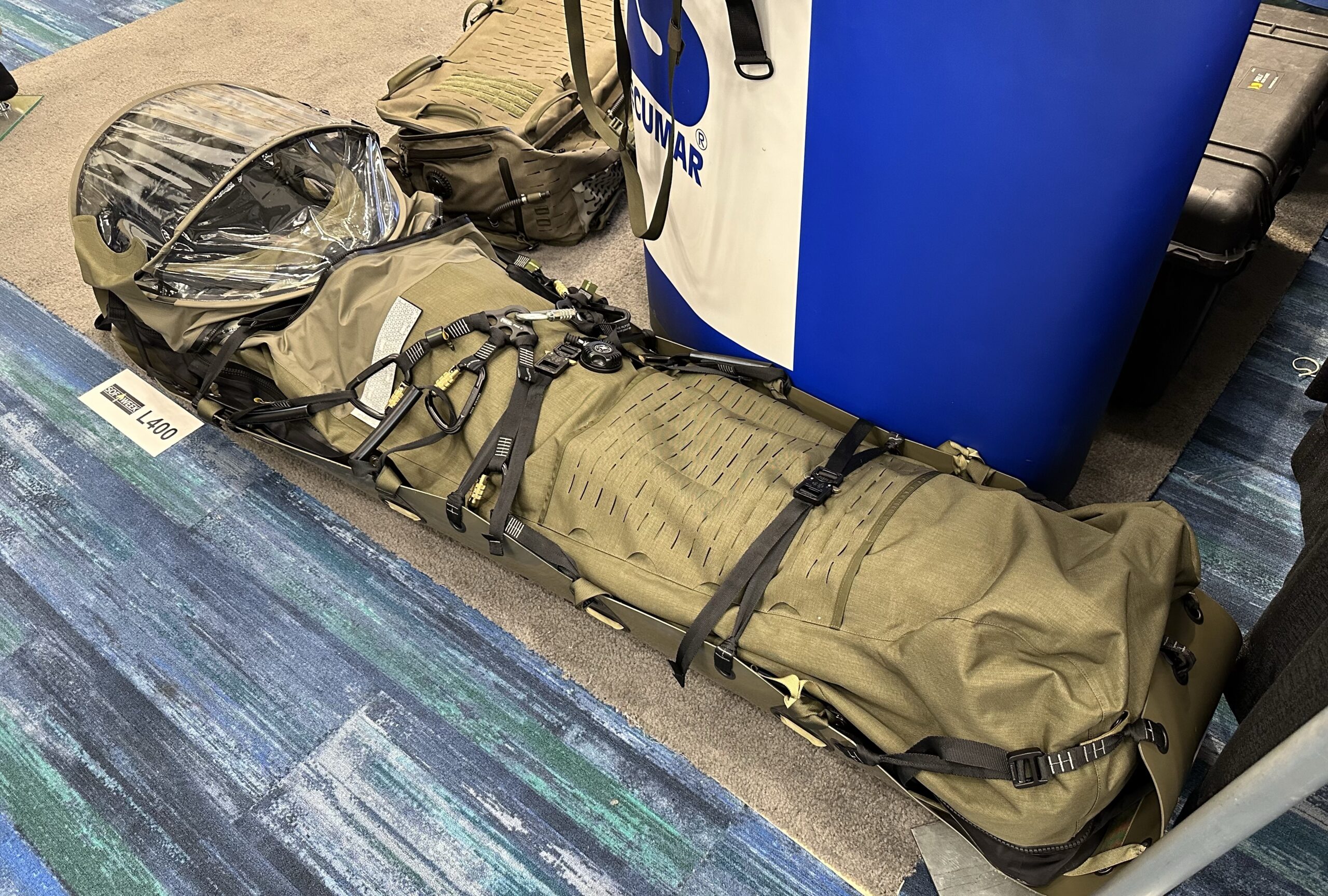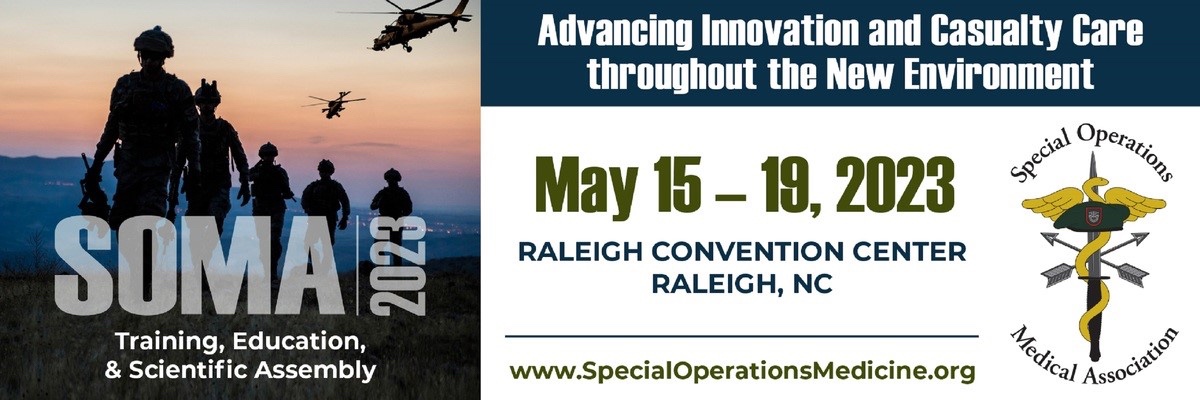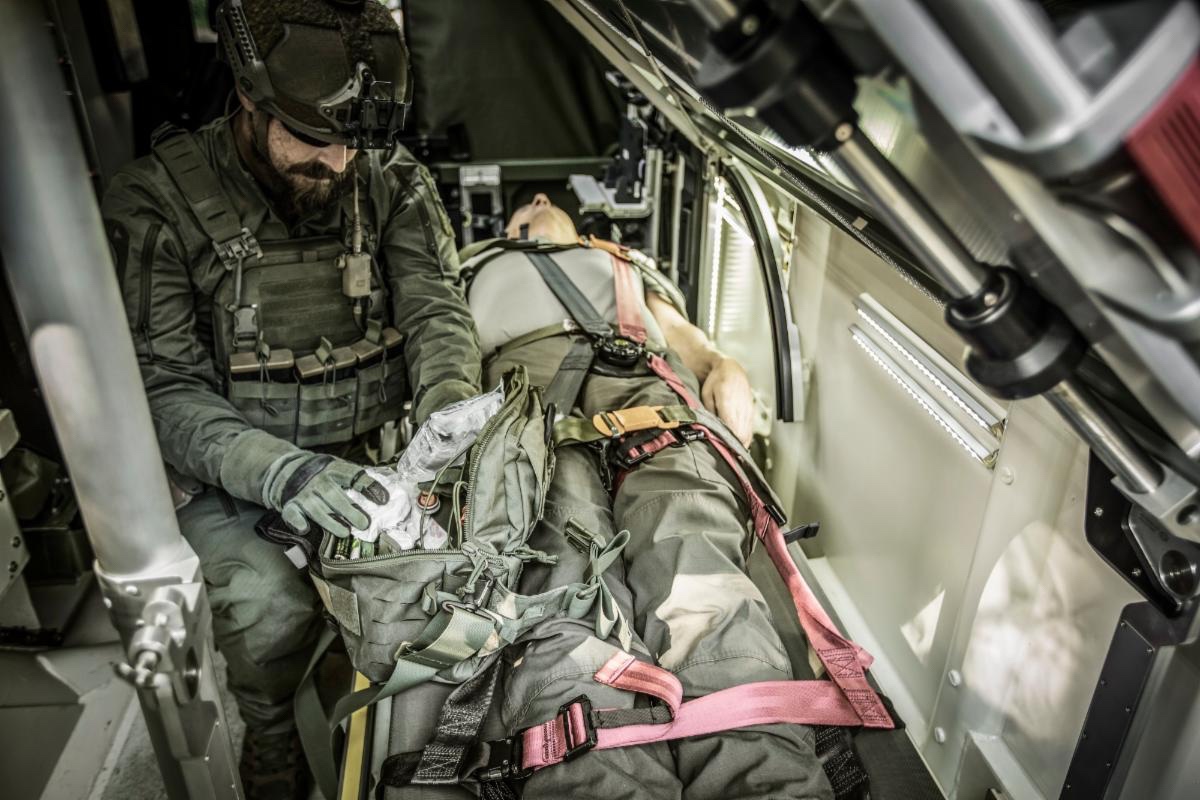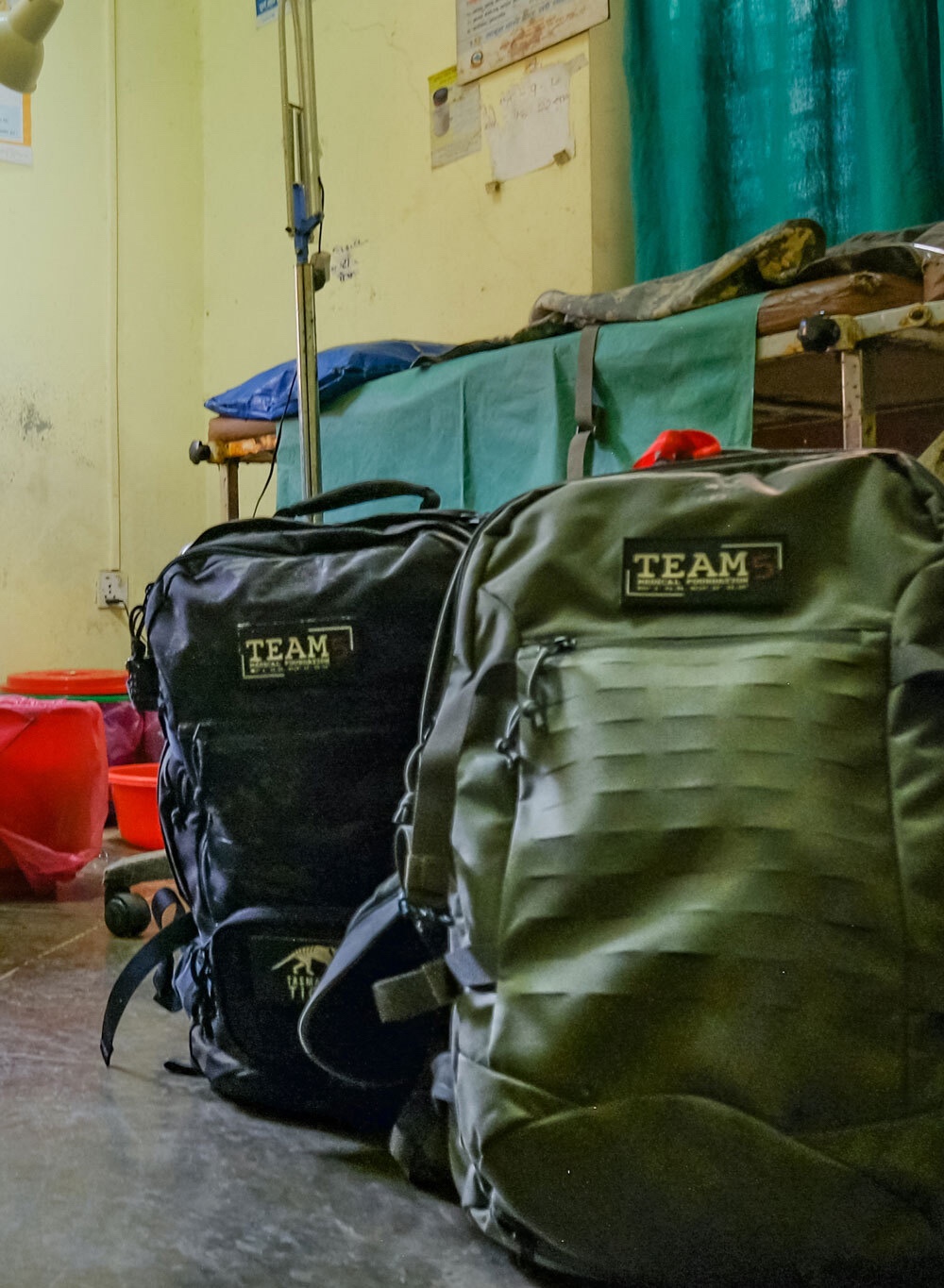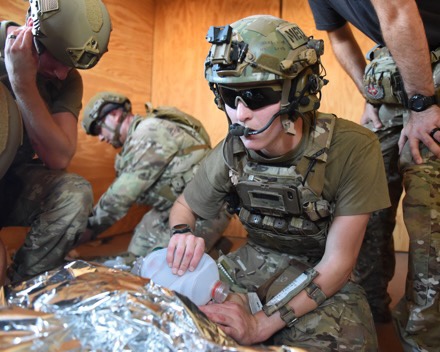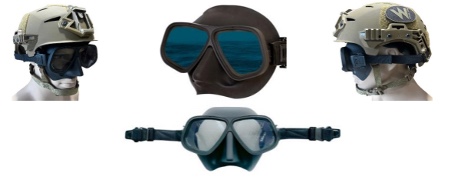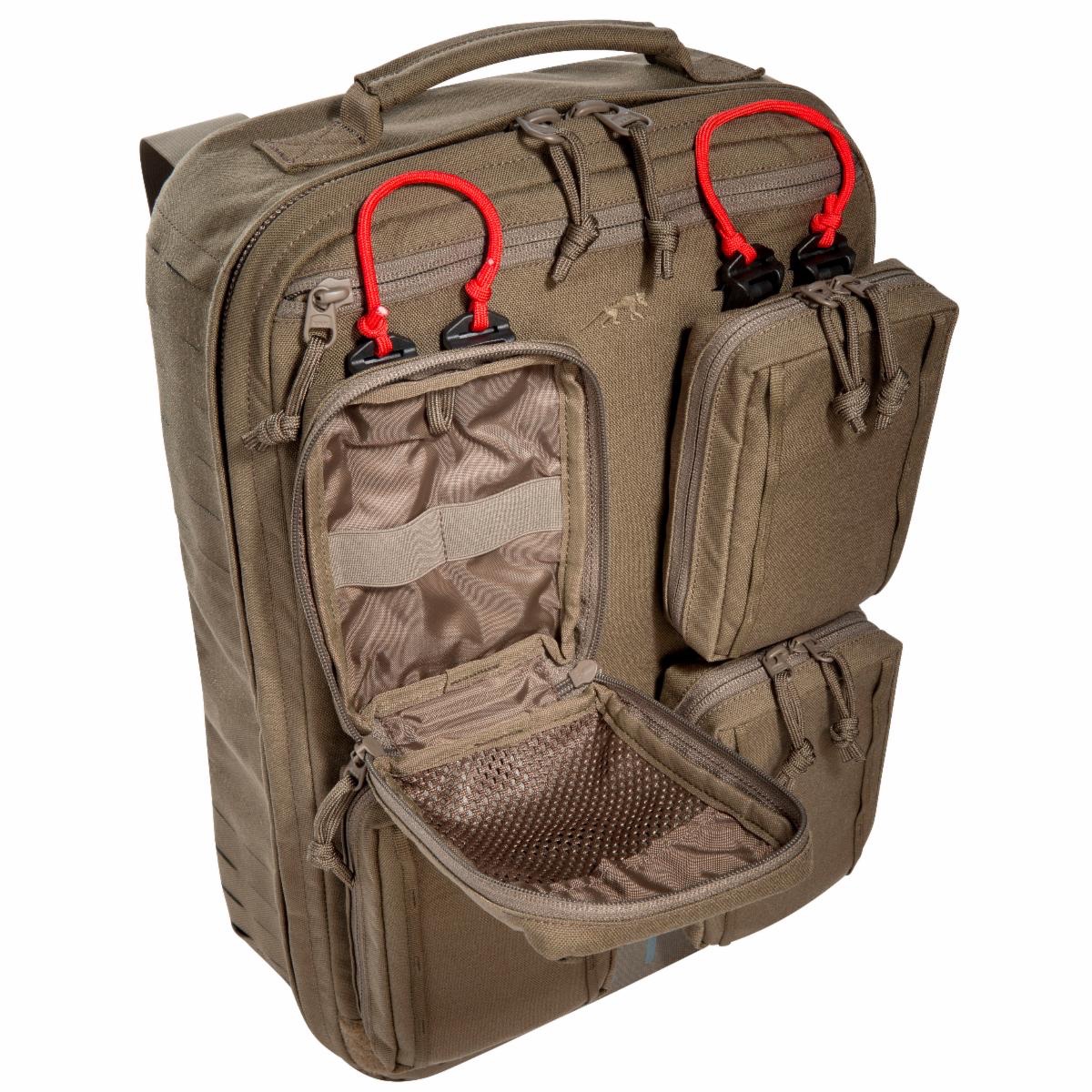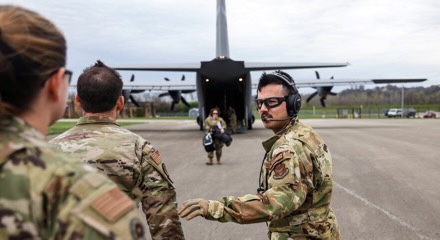
CINCINNATI (AFNS) —
Airmen with the 445th Aeromedical Evacuation Squadron integrated with the Center for the Sustainment of Trauma and Readiness Skills program to conduct trauma and critical care training at the Cincinnati Municipal Airport April 6.
The five-person AES team helped train critical care air transport teams who are part of the C-STARS program at the University of Cincinnati Medical Center while also maintaining aeromedical evacuation proficiency.
“Today was about getting CCATT crews to experience flying on the plane and what it’s like to be up in the air with patients,” said Capt. Brianne Koessel, 445th AES flight nurse. “It’s a lot different taking care of patients on the ground versus up in the air where it’s definitely a lot tighter quarters and limited supplies, and you definitely have to manage your resources very effectively for you to be successful in taking care of these patients.”
CCATT Airmen transported six mannequin patients from the UC medical center and provided care for them while working through several situations.
“There are different scenarios that will happen during phases of flight,” said Capt. Josh Boswell, C-STARS CCATT instructor. “There are different stressors that come along with patient care that happens on takeoff, once you get to altitude, on landing. There are different things that will be thrown at them for them to mitigate and respond to in flight, depending on what’s going on with their patient and the injury pattern that this patient has come with.
“They’ll have to be able to work through those problems and figure out what to do to safely keep that patient going through a flight,” Boswell said, who is also a critical care and emergency nurse. “Then we will land. We’ll load them back up into the bus. We’ll transition back here [UC Medical Center], and then they will hand off to a trauma bay as a simulated role for the facility.”
The Airmen exercised trauma care aboard an Air National Guard C-130J Hercules from the 123rd Airlift Wing out of Louisville, Kentucky, while also experiencing a combat takeoff and landing.
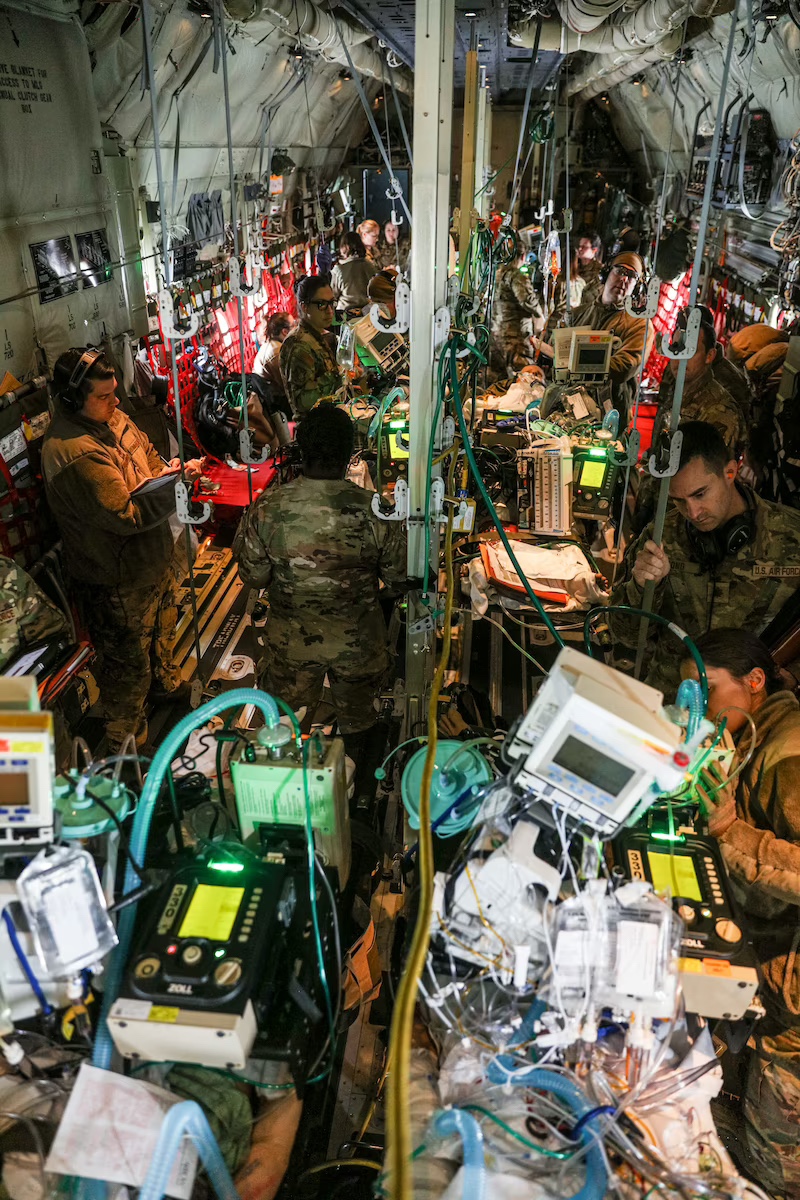
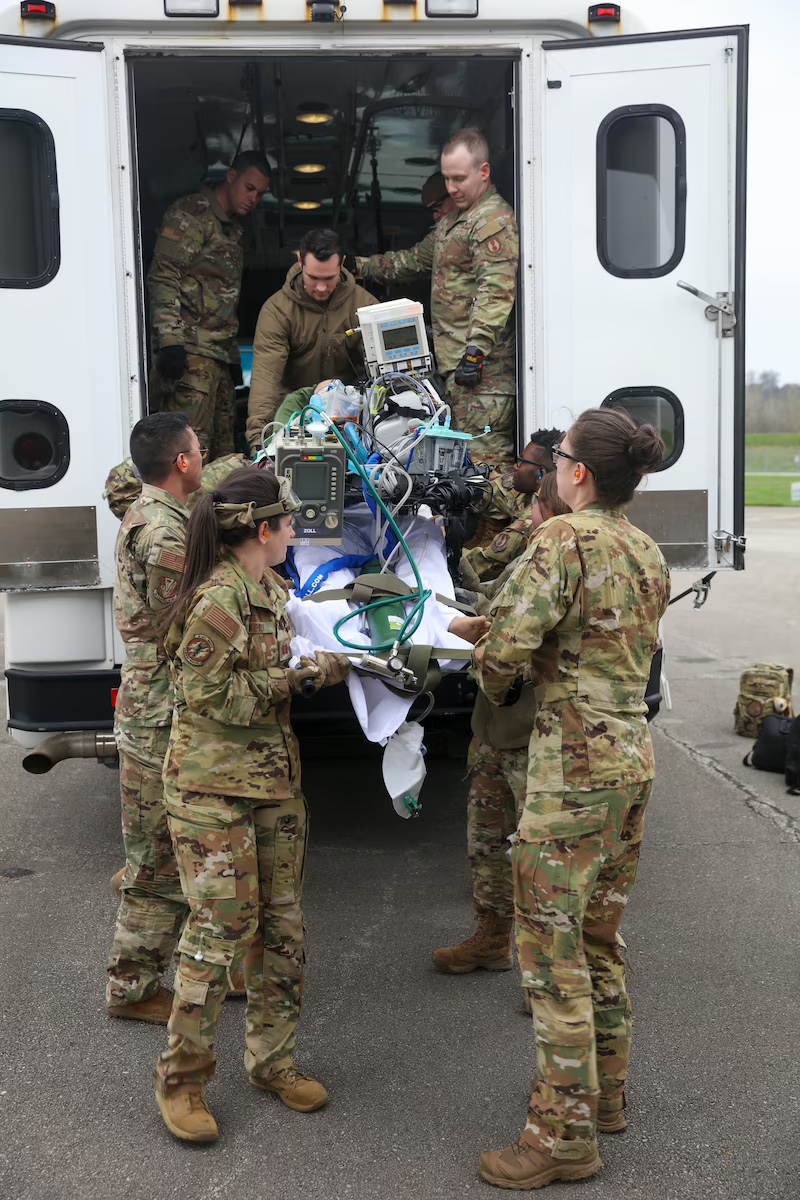
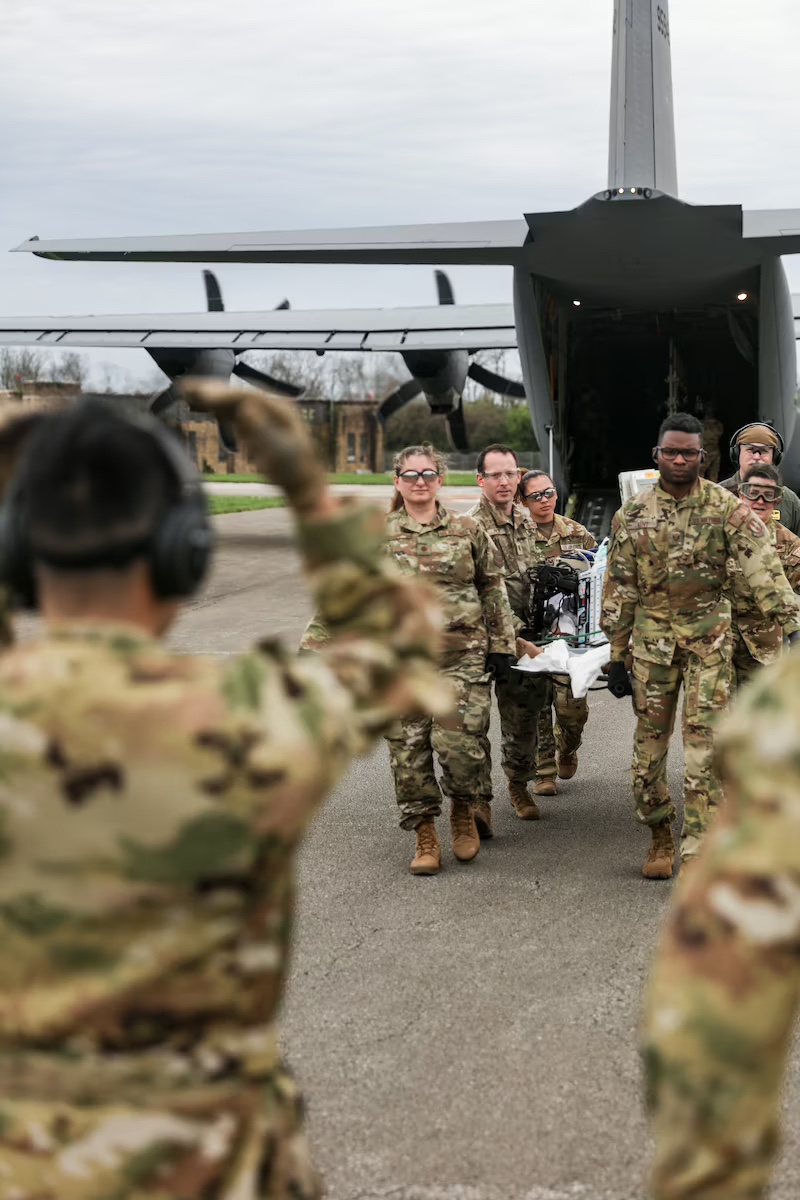
“It’s a lot different being in a simulator versus being on the ground,” Koessel said. “We did those tactical maneuvers, so we definitely felt things a little bit differently. Even if you’re in a fuselage where you have it all set up, you feel the stresses of flight because you get dehydrated a lot faster. You feel that vibration. It can tire you out.”
The training wasn’t only beneficial for medical Airmen but for the C-130 Guard crew as well.
“It keeps us up to speed in case we have to do this real world,” said Staff Sgt. Jonathan Geary, 165th Operations Support Squadron aircraft loadmaster.
Speaking about his unit, Geary explained, “We were doing an exercise in Guam recently, and we actually had somebody injured and had to do an evacuation of this injured person. Training like this does get us prepared for stuff in real world.”
This was the first time the 445th Airlift Wing trained alongside the C-STARS program with the hopes of more in the future.
“It’s really cool to have that partnership established,” Koessel explained.
A partnership that extends past a Reserve aeromedical evacuation unit.
“We had active duty. We had Guard. We had Reserve,” Koessel continued. “It was really a total force kind of thing today. It was really neat”
The C-STARS program is a 14-day course at UC that trains between 12 to 15 Air Force medical professionals each course with 14 classes held annually.
Story by Amanda Dick, 445th Airlift Wing Public Affairs
Photos by MSgt Patrick O’Reilly
